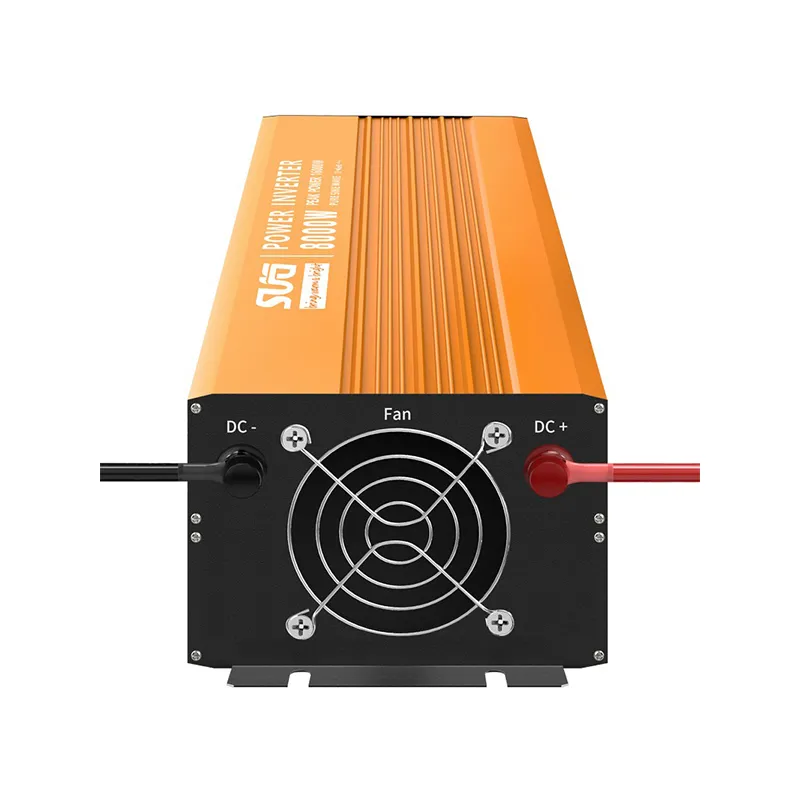3 phase inverter 48v
Understanding the 3-Phase Inverter for 48V Systems
In recent years, the demand for efficient and reliable power conversion technologies has grown exponentially, particularly in renewable energy applications. Among these technologies, the 3-phase inverter designed for 48V systems has emerged as a pivotal component in various electronic and electrical applications, from electric vehicles to solar power inverters. This article aims to demystify the 3-phase inverter, its components, functioning, advantages, and applications, especially in a 48V context.
What is a 3-Phase Inverter?
An inverter is an electronic device that converts direct current (DC) into alternating current (AC). A 3-phase inverter, as its name suggests, produces three-phase AC output. This output is characterized by three separate voltages, each phase offset by 120 degrees, which leads to a more stable and efficient energy transfer compared to single-phase systems.
Why 48V?
When discussing a 3-phase inverter, the choice of 48V as the input voltage level is noteworthy. A 48V system strikes an excellent balance between performance and safety. It is low enough to minimize the risk of electric shock, making it safer for applications such as electric bikes and residential solar power systems, while still being high enough to allow efficient power transmission and reduced component size. This makes 48V increasingly popular in industries transitioning towards electrification.
Components of a 3-Phase Inverter
A typical 3-phase inverter consists of several key components
1. Power Electronic Switches Transistors (such as IGBTs or MOSFETs) act as switches that control the flow of electricity. They work in conjunction with a gate driver circuit to convert DC to AC by switching signals on and off rapidly.
2. Control Circuitry This component is crucial for the modulation of the inverter output. Pulse Width Modulation (PWM) techniques are commonly used to control the operation of the switches, ensuring smooth and efficient output.
3. Filters To ensure that the output AC waveform resembles a sine wave, filters (LC or RC) are employed to even out the output signal and reduce harmonics.
4. Cooling System Given the heat generated during operation, an effective cooling system (often in the form of heatsinks or fans) is necessary to maintain optimal operating temperatures.
How Does a 3-Phase Inverter Work?
3 phase inverter 48v

The operation of a 3-phase inverter can be broken down into a series of steps
1. DC Input The inverter receives a DC voltage (in this case, 48V). This voltage can come from various sources, such as batteries or solar panels.
2. Switching Action The power electronic switches toggle rapidly according to the control signals, creating a pulsed output.
3. Creation of AC Output The toggling of the switches leads to three separate AC waveforms, which are 120 degrees out of phase with each other. This results in a balanced 3-phase output, ideal for powering three-phase motors and other equipment.
4. Output Filtering Finally, the output is filtered to smoothen the waveform, making it suitable for practical applications.
Advantages of a 3-Phase Inverter in 48V Systems
Utilizing a 3-phase inverter in 48V applications offers several advantages
- Efficiency The three-phase system reduces losses and improves efficiency in power transfer, especially over long distances. - Stability The balanced load of three phases results in less voltage fluctuation, ensuring stable operation of connected devices. - Compact Design A 48V system allows for smaller components, resulting in a more compact inverter design. Applications
3-phase inverters for 48V systems are versatile and find applications in
- Renewable Energy Solar inverters converting generated power for grid use or battery storage. - Electric Vehicles Driving motors efficiently, leading to improved performance and range. - Industrial Automation Powering three-phase equipment in factories and plants.
Conclusion
The 3-phase inverter for 48V systems is a crucial technology that enhances the efficiency and reliability of power conversion. Its applications in various sectors underscore its importance in today’s electrification trends, making it indispensable for renewable energy integration and the ongoing transition to electric mobility. Understanding and advancing such technologies will be essential as we strive for a more sustainable energy future.
-
String Solar Inverter: The High-Efficiency Solution for Smart Solar EnergyNewsJul.14,2025
-
Revolutionizing Rooftop Energy with the Power of the Micro Solar InverterNewsJul.14,2025
-
Power Independence with Smart Off Grid Solar Inverter SolutionsNewsJul.14,2025
-
On Grid Solar Inverter: Powering the Future with Smart Grid IntegrationNewsJul.14,2025
-
Monocrystalline Solar Panels: High-Efficiency Power for the Future of Clean EnergyNewsJul.14,2025
-
Bifacial Solar Panel: A Smarter Investment for Next-Generation Energy SystemsNewsJul.14,2025







